New Jersey Tea: The Revolutionary War Substitute That's Still Popular Today
Title: New Jersey Tea: The Revolutionary War Substitute That's Still Popular Today
Introduction:
When the British imposed a tax on tea in the American colonies in 1773, colonists rebelled by refusing to buy tea. This led to the Boston Tea Party, in which colonists dumped tea into Boston Harbor. In the years that followed, colonists turned to other plants to make tea, including New Jersey Tea.
New Jersey Tea, also known as Redroot, is a native plant of the eastern United States. It has small, white flowers and red stems. The leaves of New Jersey Tea can be steeped to make a tea that has a slightly bitter taste, but is also refreshing and invigorating.
Main Content:
New Jersey Tea was a popular substitute for tea during the Revolutionary War. It was easy to grow and harvest, and it did not require any special processing. This made it a convenient and affordable alternative to imported tea.
After the war, New Jersey Tea remained a popular beverage. It was especially popular in rural areas, where it was often used as a medicinal tea. New Jersey Tea was also used to make beer and other alcoholic beverages.
Today, New Jersey Tea is still a popular tea, especially in the northeastern United States. It can be found in many health food stores and online retailers. New Jersey Tea is also grown in some gardens, and it can be harvested for personal use.
Benefits of New Jersey Tea:
New Jersey Tea has a number of health benefits. It is a good source of antioxidants, which can help protect the body against damage from free radicals. New Jersey Tea also contains tannins, which have anti-inflammatory and astringent properties.
Some of the specific health benefits of New Jersey Tea include:
- Improved digestion
- Reduced inflammation
- Increased energy levels
- Improved cognitive function
- Boosted immunity
How to Make New Jersey Tea:
To make New Jersey Tea, simply steep the leaves in hot water for 5-10 minutes. You can add honey or lemon to taste. New Jersey Tea can also be used to make iced tea.
Conclusion:
New Jersey Tea is a versatile and delicious tea with a long history of use. It is a good source of antioxidants and other nutrients, and it has a number of health benefits. If you are looking for a new tea to try, I encourage you to give New Jersey Tea a try.
To learn more about New Jersey tea, visit Home Gardening.
FAQ of new jersey tea
- What is New Jersey tea?
New Jersey tea is a deciduous shrub native to North America. It is also known as mountain snowbell, and its scientific name is Ceanothus americanus. The plant gets its name from the fact that its leaves were used as a tea substitute during the American Revolution.
- What are the benefits of New Jersey tea?
New Jersey tea has a number of health benefits. It is a good source of antioxidants, which can help protect the body against damage from free radicals. It also contains tannins, which have anti-inflammatory and astringent properties. New Jersey tea can be used to make a tea that can help relieve coughs, sore throats, and other respiratory problems. It can also be used to make a gargle that can help soothe a sore throat.
- How do you make New Jersey tea?
To make New Jersey tea, you will need to gather some fresh leaves from the plant. Rinse the leaves well and then place them in a cup or pot. Pour hot water over the leaves and steep for 5-10 minutes. Strain the tea and enjoy.
- Is New Jersey tea safe to drink?
New Jersey tea is generally safe to drink, but it is important to note that it can have a laxative effect in some people. If you are pregnant or breastfeeding, it is best to avoid drinking New Jersey tea.
- Where can I find New Jersey tea?
New Jersey tea can be found at some nurseries and garden centers. You can also purchase it online.
Image of new jersey tea
- Image 1: A close-up of a New Jersey tea plant, showing the leaves and flowers.

- Image 2: A field of New Jersey tea plants, with the leaves turning red in the fall.
- Image 3: A dried New Jersey tea leaf, showing the serrated edges.
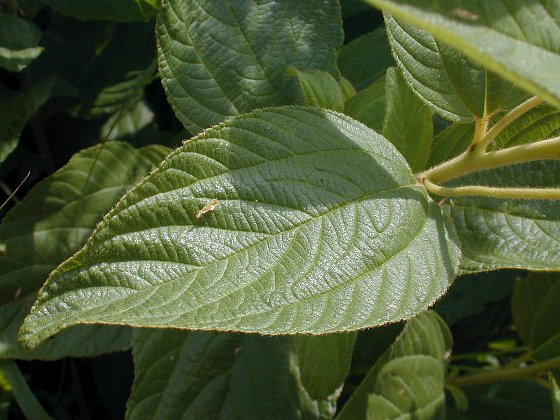
- Image 4: A cup of New Jersey tea, brewed with the leaves of the plant.
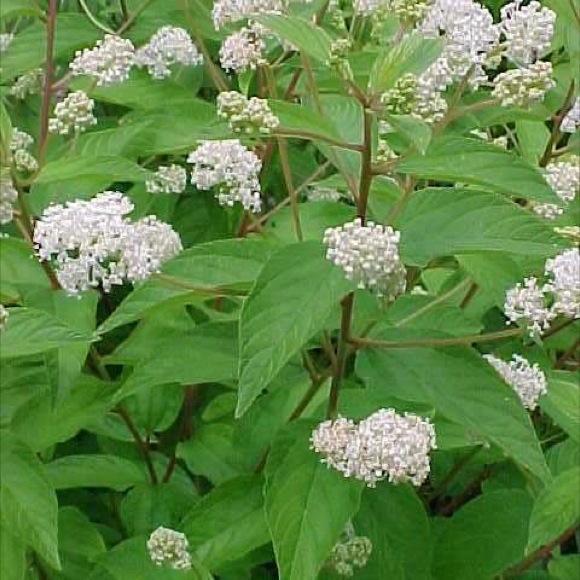
- Image 5: A person drinking New Jersey tea, showing the golden color of the beverage.

- Image 6: A jar of New Jersey tea leaves, ready to be brewed.
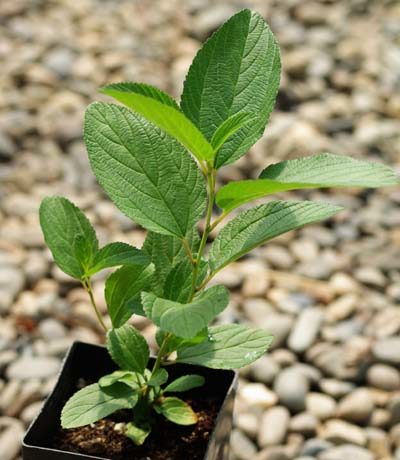
- Image 7: A packet of New Jersey tea, for brewing at home.
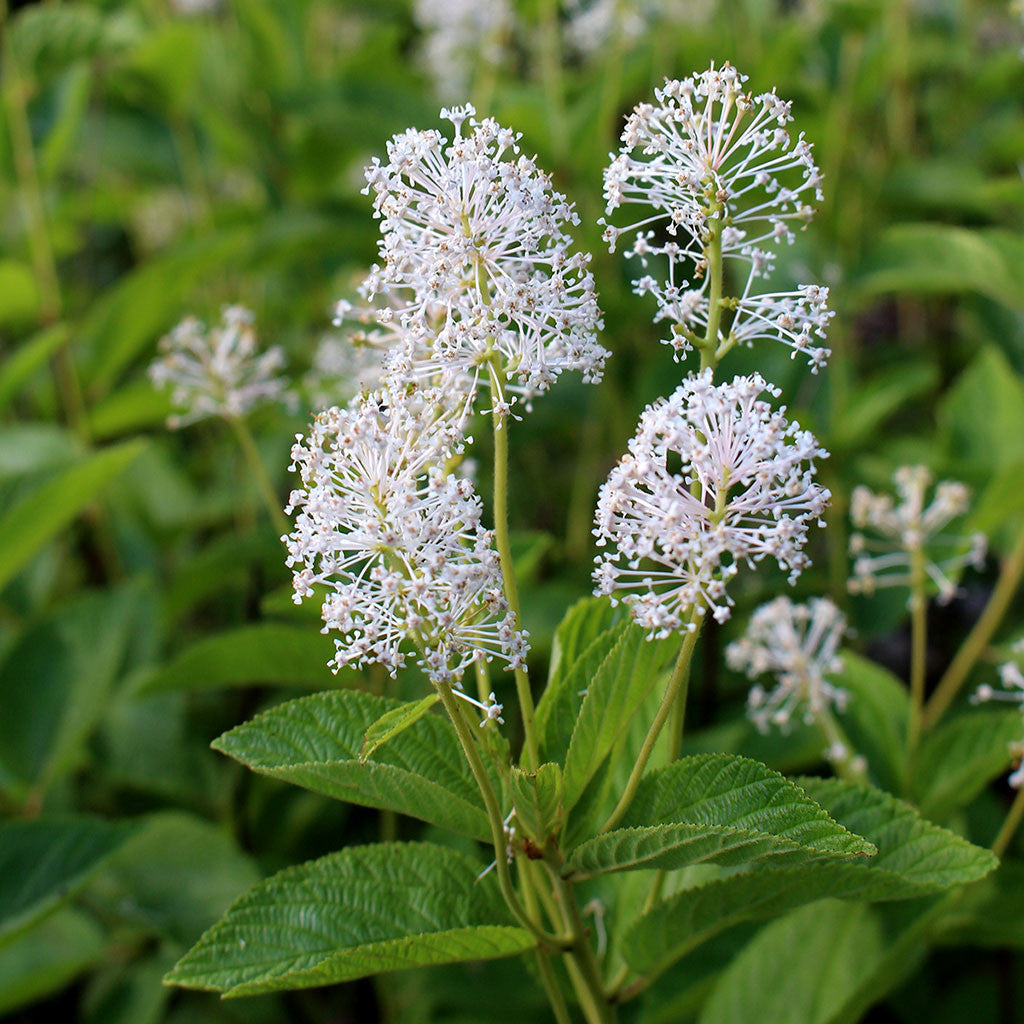
- Image 8: A New Jersey tea plant growing in a garden.
- Image 9: A New Jersey tea plant growing in the wild.

- Image 10: A New Jersey tea plant in a vase, as a cut flower.
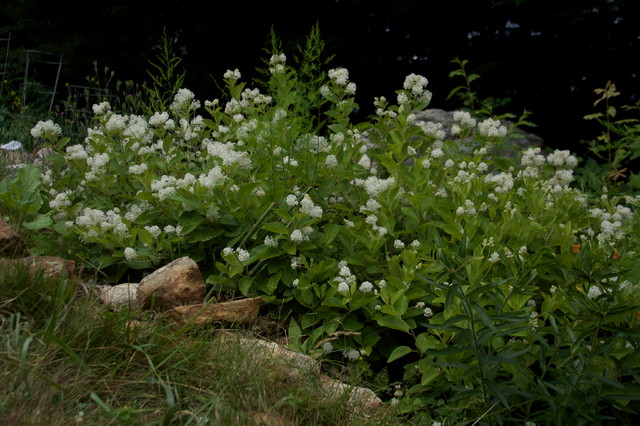
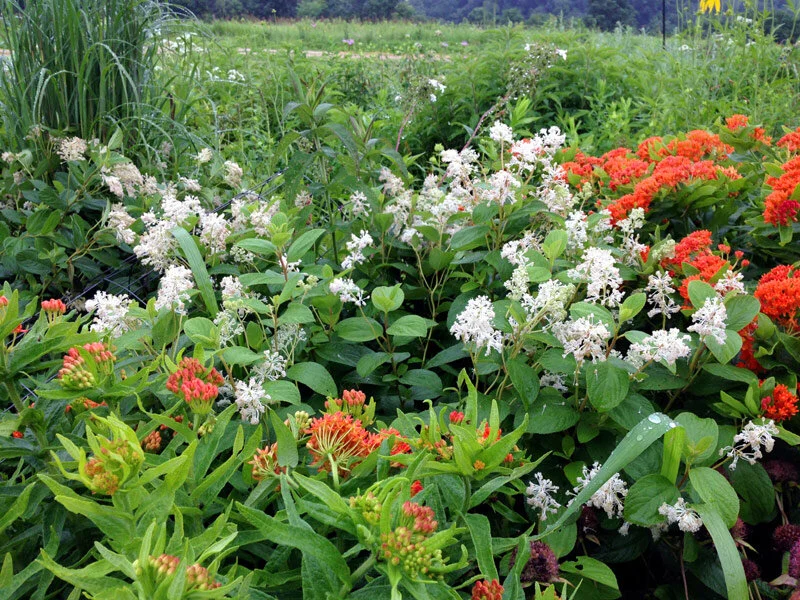
Post a Comment for "New Jersey Tea: The Revolutionary War Substitute That's Still Popular Today"